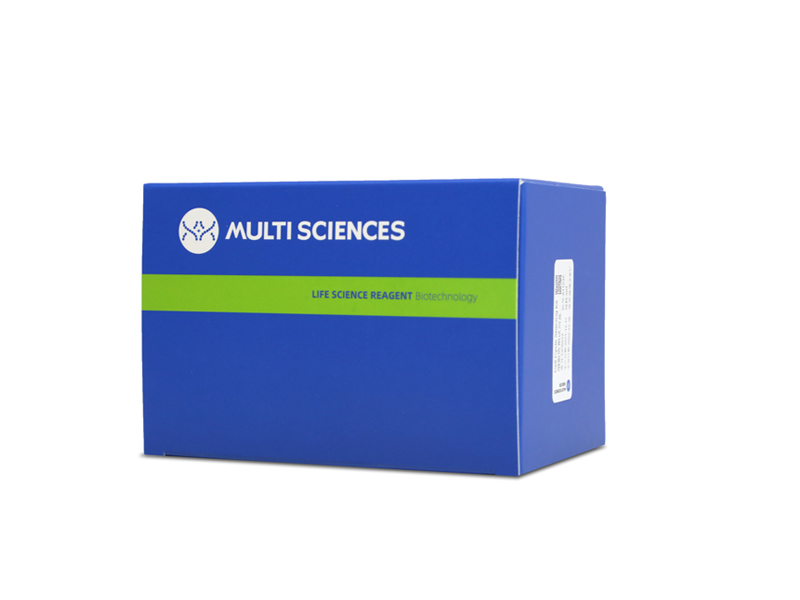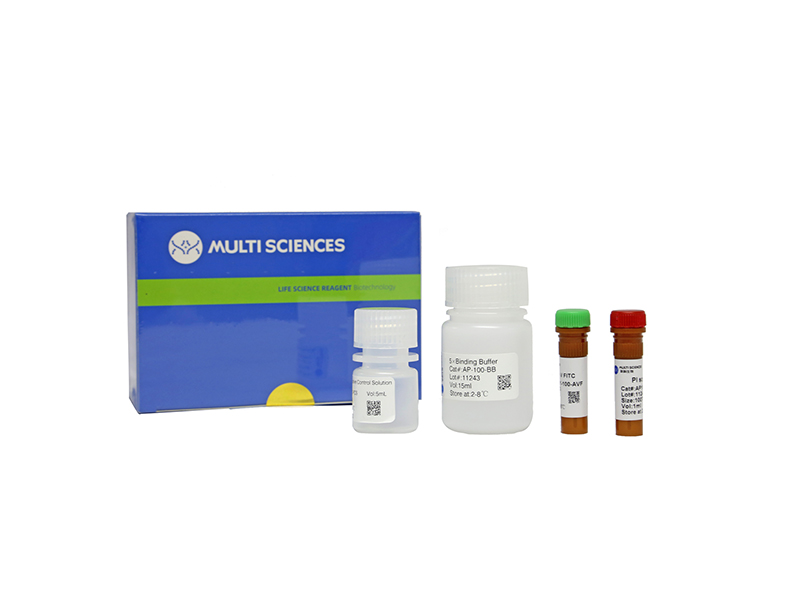Photothermal-enhanced chemodynamic therapy (CDT) based on the Fenton reaction has been widely studied as a safe, tumor-specific, and highly effective nanomedicine therapy. Herein, a collective hyperthermia-facilitated glutathione (GSH) inhibition strategy for boosted oxidative stress treatment was presented using mesoporous Prussian blue (MPB NPs) as a multifunctional carrier and loading β-lapachone (Lap) as an oxidative mediator. A phase transfer catalyst (lauric acid, La) was co-packed for preventing drug leakage and achieving temperature-controlled drug release. After biocompatible decoration by external encapsulation with polyethylene glycol (PEG), the MPB-Lap/La@PEG nanocatalysts (Mlalp NCs) were rationally constructed. Upon 808?nm light irradiation, the Mlalp NCs showed a good photothermal effect with temperature increases for directly damaging tumor cells and accelerating the release of Lap. Significantly, the expression of NAD(P)H: quinone oxidoreductase-1 (NQO1) in cells could increase and generate more hydrogen peroxide (H 2 O 2 ) with Lap and reduce the level of GSH concurrently, forming a hyperthermia-facilitated glutathione inhibition strategy. Most importantly, the hyperthermia also accelerated the Fenton reaction rate, resulting in an enhanced CDT effect. In addition, the Mlalp NCs also equipped with excellent T 1 -weighted magnetic resonance imaging properties. To sum up, this work displays a collective hyperthermia-facilitated glutathione inhibition strategy for boosted oxidative stress treatment.
文章引用产品列表
-
- AT101C
- 凋亡试剂盒
Annexin V-FITC/PI Apoptosis Kit(贴壁细胞专用)(C6流式细胞仪专用)
- ¥860.00 – ¥1,510.00
-
- AP101C
- 凋亡试剂盒
Annexin V-FITC/PI Apoptosis Kit (C6专用)
- ¥630.00 – ¥1,280.00



